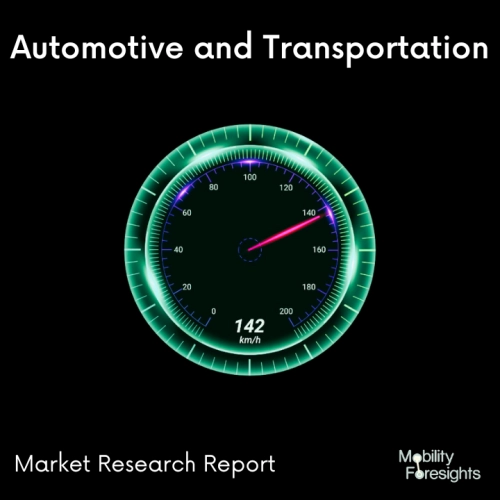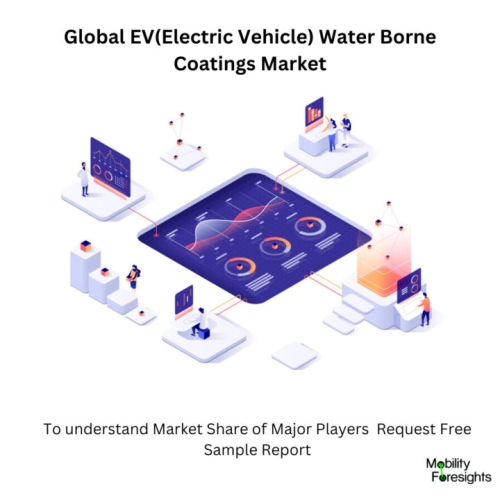
- Get in Touch with Us

Last Updated: Apr 25, 2025 | Study Period: 2024-2030
A waterborne coating is an environmentally acceptable surface treatment that disperses the resin used to create the coating or paint using water as a solvent: Eighty percent of the solvent utilised is water.
Water is used to emulsify the binder, pigments, and additives in water-borne coatings. Films are created using single-component emulsion coatings and solvent evaporation.
The binder in this kind of coating is commonly composed of copolymers of acrylic, vinyl, and styrene compounds.
There are several different resin types used in waterborne coatings, including acrylic, alkyd, urethane, polyester, epoxy, fluoropolymer, and waterborne powder.
UV cure, aminoplast, urethane, epoxy-polyamide, oxidative, and air dry thermoplastic types are also used as curing chemistries.
By using water instead of a solvent, workplaces are made safer and healthier thanks to lesser toxicity and flammability.
Cost reductions derive from the need for less coating to cover the same surface area as a solvent-borne coating.
According to the composition of their binder, coatings are classified as organic or inorganic.
Coatings with an organic binder are known as organic coatings. Coatings classified as inorganic contain an inorganic binder, such as a silicate.

The Global EV(electric vehicle) water borne coatings market accounted for $XX Billion in 2023 and is anticipated to reach $XX Billion by 2030, registering a CAGR of XX% from 2024 to 2030.
Electric vehicle sector customers can get aqueous borne coating solutions from Covestro.
To reflect the growing concern for environmental preservation around the world, the Executive Yuan passed legislation that will effectively outlaw the sale of motorcycles with internal combustion engines starting .
This will mark the beginning of the switch from bikes with internal combustion engines to those with electric motors.
The volatile organic compound (VOC) generated during the conventional processes of motorcycle production is one of the causes of air pollution, in addition to mobile-source air pollution from motorbike emissions.
| Sl no | Topic |
| 1 | Market Segmentation |
| 2 | Scope of the report |
| 3 | Abbreviations |
| 4 | Research Methodology |
| 5 | Executive Summary |
| 6 | Introduction |
| 7 | Insights from Industry stakeholders |
| 8 | Cost breakdown of Product by sub-components and average profit margin |
| 9 | Disruptive innovation in the Industry |
| 10 | Technology trends in the Industry |
| 11 | Consumer trends in the industry |
| 12 | Recent Production Milestones |
| 13 | Component Manufacturing in US, EU and China |
| 14 | COVID-19 impact on overall market |
| 15 | COVID-19 impact on Production of components |
| 16 | COVID-19 impact on Point of sale |
| 17 | Market Segmentation, Dynamics and Forecast by Geography, 2024-2030 |
| 18 | Market Segmentation, Dynamics and Forecast by Product Type, 2024-2030 |
| 19 | Market Segmentation, Dynamics and Forecast by Application, 2024-2030 |
| 20 | Market Segmentation, Dynamics and Forecast by End use, 2024-2030 |
| 21 | Product installation rate by OEM, 2023 |
| 22 | Incline/Decline in Average B-2-B selling price in past 5 years |
| 23 | Competition from substitute products |
| 24 | Gross margin and average profitability of suppliers |
| 25 | New product development in past 12 months |
| 26 | M&A in past 12 months |
| 27 | Growth strategy of leading players |
| 28 | Market share of vendors, 2023 |
| 29 | Company Profiles |
| 30 | Unmet needs and opportunity for new suppliers |
| 31 | Conclusion |
| 32 | Appendix |